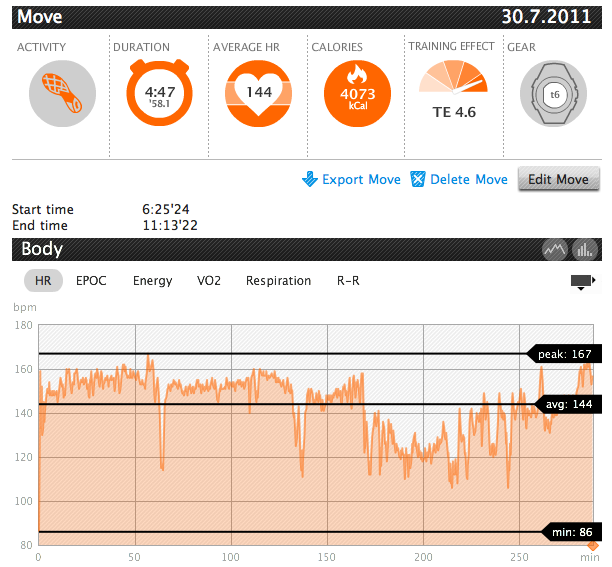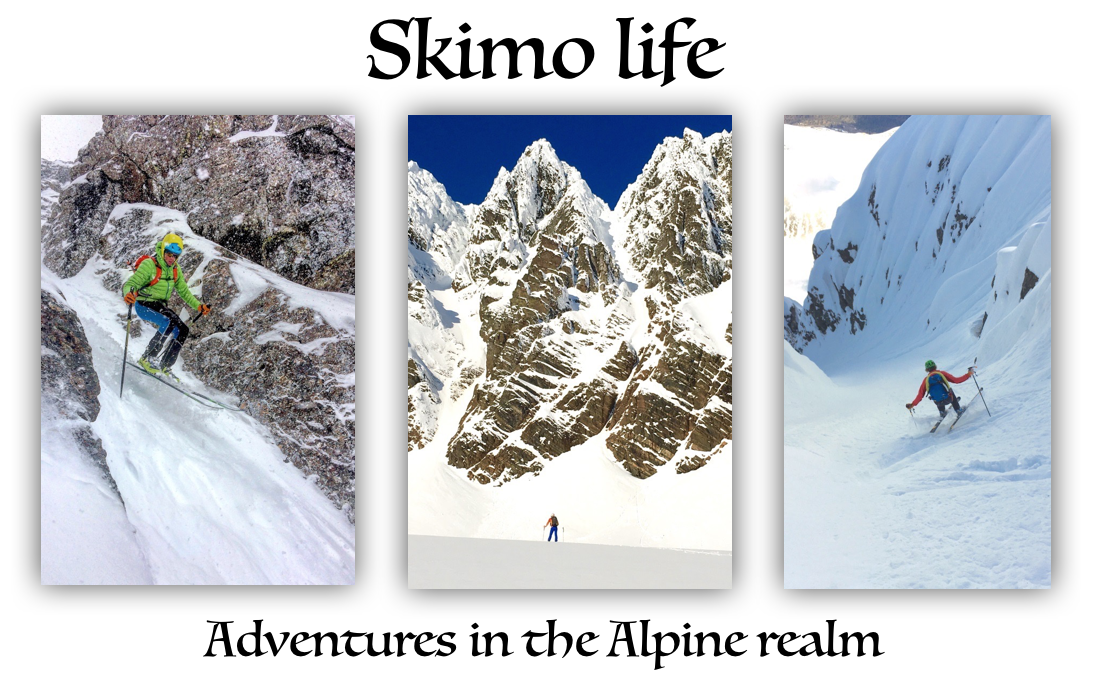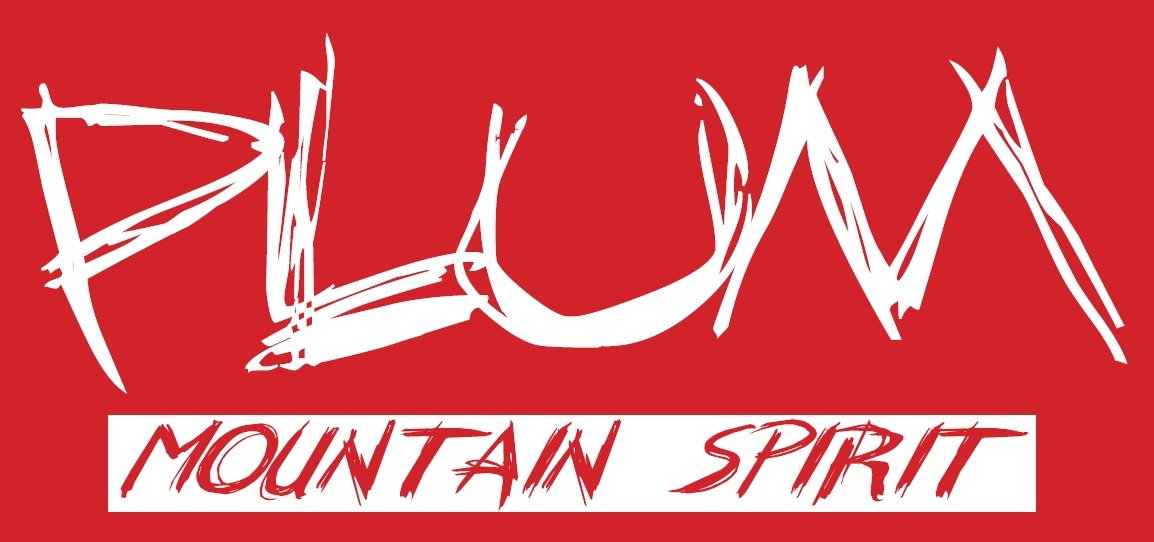Grand Teton Speed Project, version 2.0
 Wednesday, August 10, 2011 at 12:20AM
Wednesday, August 10, 2011 at 12:20AM  Although I realize that the speed game does not appeal to everyone playing in the mountains, summertime presents another seasonal opportunity to test oneself against the clock and others in the mountain environment. We covered this territory several times in blog posts this winter and spring reporting on efforts to climb and ski the Grand Teton and other lines in the range. With the melting of the snow pack, we are left to travel similar ground on foot as we push personal limits.
Although I realize that the speed game does not appeal to everyone playing in the mountains, summertime presents another seasonal opportunity to test oneself against the clock and others in the mountain environment. We covered this territory several times in blog posts this winter and spring reporting on efforts to climb and ski the Grand Teton and other lines in the range. With the melting of the snow pack, we are left to travel similar ground on foot as we push personal limits.
A car to car effort on the Grand Teton is the obvious metric by which to test ourselves in this region. This is a more tangible task for others since it doesn't require expensive, extremely specialized equipment and skill set like skiing does. It still requires serious fitness, commitment and an acceptance of risk when free soloing up and down the route but there are probably more runners and climbers in this region that would be willing to step up and throw down on such a challenge.
The Standard
Unfortunately for all comers, Bryce Thatcher pretty much buried the record back in 1983. It's hard to believe that a record of this sort has survived over two and a half decades without a serious threat. His 3:07 time is almost inconceivable let alone attainable for most suitors. There are even those who quietly shed doubt on the claimed time. I, for one, am not so cynical. I simply believe that the All American cross country athlete did what he did in the time he claims and will move on from there.
I know others, however, who start doing the math, comparing the time on the GT to other similar efforts on different mountains. Ascent rates among elite athletes are surprisingly consistent, independent of the pitch. As things get technical, rates can change, some slower, some faster. I suspect that the fast time posted by Bryce has as much to do with the conditions on the descent (snow) as it does with his fitness and talent.
First of all, I want to be clear that I'm no runner. But my interest in running was renewed after reading Born to Run this past year. I'm not running around barefoot but have adopted a more forefoot strike pattern compared to the heel strike I've performed forever. I like it. I doubt it makes me faster but I feel lighter and if it motivates me to get out the door than the switch is worth it.
I'm not going crazy, however, being fully aware of the dangers that lurk in the waters of obsessive running. But I'm getting out two or three days a week and running one to two hours at a whack. I've even been known to run a few hill repeats. I'm still riding my bike on opposite days.
So, with this modest preparation I thought it was time to give a good effort at "running the Grand". Although I have done a few things in the Tetons with elapsed time in mind (Grand Traverse), I've always been scared of the Grand effort because of the run down. I'm just not that crazy about that kind of abuse and I've heard that Bryce was thrashed by his effort. That said, with some preparation like I have at hand, I figured I could have a go, smash the first half as best I can and give 'er on the downhill within my comfort zone.
Ground Rules
Since I would like to see enthusiasm for this benchmark grow, we should establish some style parameters so we can keep things straight. Right now and typical of any early season effort, the route is on snow up the "spring trail" (under the Middle Teton) straight up to the Lower Saddle. From there it's pretty dry. For my first effort, I chose the Upper Exum to the summit simply because I had done the OS the week before. I'm quite sure that the Exum Ridge is slower, albeit, a more fun route to the top.
Once the summer trail melts off, all efforts will traverse it and then go from there. The Owen-Spaulding and upper Exum Ridge routes are the obvious choices. Simply state the route when reporting times.
The only other consideration involves "alternate" routes through the switchbacks leading from Lupine Meadows trailhead to Garnet Canyon. Since the Park Service frowns upon the use of these long established routes, we'll just leave it up to the individual how they would like to get into the canyon. 'Nuff said on that.
First Go on the Grand - Upper Exum Ridge
 My day started around 6:30 am under perfectly clear skies and warmish temps. I carried a light running pack with a one liter bladder in it. I had Kahtoola crampons and a 50cm ice ax long with gloves and a shell. I brought nine Gu gels, and three packs of Chomps - about 1,100 calories.
My day started around 6:30 am under perfectly clear skies and warmish temps. I carried a light running pack with a one liter bladder in it. I had Kahtoola crampons and a 50cm ice ax long with gloves and a shell. I brought nine Gu gels, and three packs of Chomps - about 1,100 calories.
I felt good as soon as I started running. Not being particularly fleet of foot, I walked here and there, trying to stay below threshold, ensuring some gas would be left in the tank near the end. I was at the Valley Trail junction in about 19 minutes and at the meadows in less than an hour. I donned Kahtoola crampons there and continued with a short ice ax in hand.
The headwall below the Middle seemed endless but the Lower Saddle was soon in view and, before I knew it, I was pistoning my way up the large steps to the Saddle. I arrived in under 2 hours which was my goal. After dropping the pointy things at the Exum big box, I continued up.
I passed the usual assortment of parties heading out for their day on the Grand. As I crested the Needle and continued to Wall Street I was relieved to see no one in front. It's always awkward dealing with the cue at the step across. So many epics start right there. The Wind Tunnel was calm. My non-sticky rubber running shoes were a little sketchy on Unsold's Lieback but that was the only brief excitement for the climb.
I hardly paused on the summit, checking the watch (2:47) and heading down the Owen-Spaulding. A brief chat with the always-inspiring Rod Newcomb, who, at 77 years of age, had left the parking lot after midnight and was soloing the Grand for fun…again. I had to laugh when he informed me his doctor told him not to stress his heart. Really?
Anyway, I said hello to some fellow Exum guides at the rappel and cruised across the Catwalk. I was able to get around traffic at the Belly Crawl and Belly Roll and then it was down to the Saddle to my gear. A brief hello to more guides at the Hut and and it was onto the Headwall.
I spoke briefly to another Teton legend, Jack Tackle, who was out training after some downtime nursing a broken toe and then it was a full run in crampons down the glacier. I slowed below the Middle headwall and finally got on the moraine in the middle, feeling safer off the steep snow. As the angle eased, I was back on the snow and basically ran/glissaded right to Lunch Rock.
With crampons off now, it was time to see what I had on the downhill. This is what I was dreading. The upper rocky sections were slow as I felt I was always on the verge of snapping my ankles. But once on the smoother trail, I started to feel more confident and let it loose a bit. By the bottom I was at threshold again and stopped the watch at 4:47.
This is my starting point. When the summer trail clears I will go again, maybe hitting the upper Exum just to see how the time compares. But a push up the OS is in order before summer's end just to see what I got. Hopefully, others will have a go - younger, fitter, real runners on a good day so we can get a handle on just how staggering Bryce Thatcher's feat really was/is. Stay tuned.
Random Performance Notes
For nearly two years now I've been plagued by some sciatic nerve pain down my right leg. It started after commencing a weight training program in the fall two years ago. Initially, it only came on riding the bike. It seemed to be sensitive to the position of my hip. As such, it didn't present as the typical lumbar disc-related sciatic pain I see so often in clinic. As a physician assistant who works for a spine surgeon, I certainly have a handle on the typical presentation of this problem.
I've been able to work around the pain and it has come and gone over the months. Recently, however, it started hurting quite a bit at night, to the point of interrupting my sleep. It has also been sometimes excruciating while riding my bike. Neither development is good. It got so desperate nearly two weeks ago that I went on a 6-day course of steroids to calm down whatever inflammation was brewing. Interestingly, a mere 3-4 hours after taking the first dose, the pain was gone. Just like that I could sleep and ride my bike again.
Since stopping the steroids, the pain has returned, albeit not nearly as severe. In order to more aggressively treat what I perceive to be a hip-related problem, I started some deep tissue body work to address whatever is going on around my hip external rotators and gluteus medius. I've had two treatments thus far. Curiously, it seems to be better. I am committed to continuing the massage treatment for a few weeks.
The point of bringing this up is that this problem has really wreaked havoc on my recovery. Since I don't have pain while running, I've continued to train. The volume is significantly less than cycling training but the intensity is quite a bit higher and longer. For instance, this past Saturday, I did a 12 mile training run, mostly uphill, through Granite Canyon to the top of the ski area. This run climbs 4,200 vertical feet. I was able to run most of it. My heart rate averaged 152 bpm for the 2:47 I as out and was above 160 bpm for a significant period of time. It would be very difficult to do that on the bike.
I've written previously about the vital nature of quality sleep in athletic performance. Restwise weights both sleep duration and quality when calculating each day's recovery score. Sudden increases in training volume and impaired recovery due to life stress or physical pain from injury that impair sleep will shift the recovery score dramatically to the left.
Although there's a tendency to ignore some of the common niggles that crop up in athletes during training, when they start impacting sleep patterns, aggressive intervention is paramount to avoiding a downward spiral in conditioning and performance. Although I wasn't quantifying sleep at the time of my worst leg pain, there was a clear improvement in how I "felt" training and performing once my pain was better and sleep improved. Pay attention to this stuff. Restwise puts it right in front of you everyday.
Nutrition
The other performance parameter that I feel I have dialed these days is on the nutrition front. I've been committed to using only Gu Energy products while out on "missions" since late this winter. I bring no other food. This keeps quantifying calorie need and intake very easy. Adding Roctane to the mix seems to keep me fired up, as well. As an arm chair scientist, I realize that a comment like that is nearly worthless at "proving" anything. However, for what it's worth, I feel pretty jacked late in the game without feeling jittery.
This could also have less to do with the exact formulation of the product I'm consuming and more to do with the fact that I'm simply taking in calories more consistently. Admittedly, I've never been one to skimp on food but now I'm pretty precise with it, aiming for 200-300 calories an hour. If I eat soon before take off then I wait 45 minutes or so before I take my first hit of gel. After that, I plan to finish a 3-gel flask each hour after that. If my stomach growls, I will throw down 4-5 Chomps to supplement things.
I think for these big running efforts, strictly gel works best as I don't really have to slow down to chew like I do with Chomps. On climbs where there are breaks, chewing is less an issue. One thing is for sure, it's awesome to be cruising into the parking lot at the end of a big effort with no hunger and plenty in the tank. That's what performance nutrition is all about.
Gear
La Sportiva Electron shoes
Black Diamond hydration pack
BD Raven Ultra ice ax
Kahtoola steel crampons.
Marmot Precip shell
gloves
Suunto T6 computer
Obviously, I had some weight on board for this effort. I can find lighter versions of everything I had. Shedding most of it when conditions permit will be worth significant time. It will be interesting to continue the project.






Reader Comments (1)
Great post, what a great effort! I will keep following to see yours and others progress, but don't think I will be joining you at least not this year.